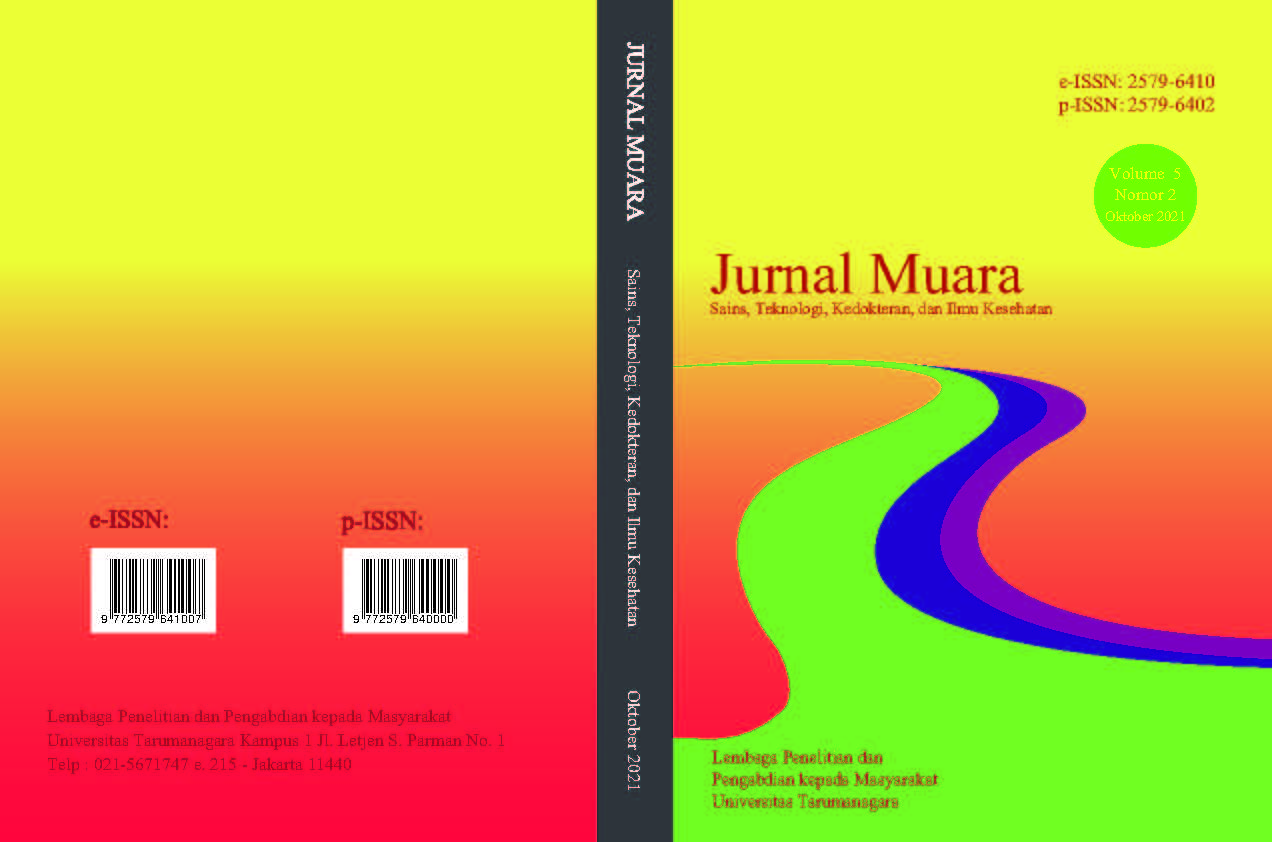TIPOLOGI TENDA SEBAGAI STUDI ARSITEKTUR PORTABEL
Main Article Content
Abstract
Architecture trends are continuously searching for a new design alternative. If architecture is dominated by a permanent structure in the last decades, the latest trend suggests temporal, ephemeral, and informal architecture to emerge as the other alternative. While the world becomes complex, these other spatial forms are in demand, resulting in various installations, pop-up stores, container architecture, and portable, temporal architecture constructed throughout the cityscape. Its portability, elasticity, and fluidity have offered different human activity transformations compared to permanent architecture. Tent, one of the most popular portable architecture, has been used for myriad human activities, although fewer researches are found regarding the typology of the tent, which is considered beneficial to understand its transformation. The qualitative interpretive method is used to understand the typology of the contemporary tent. The diagram is utilized as a tool to investigate its form, structure, and physical appearance. The research steps are drawing a diagram, pattern extraction, and pattern interpretation. The phases are elimination of tent’s elaboration and decoration, pattern structure extraction, pattern illustration. The result is tent typology diagram. The novelty is tent basic pattern extraction.
Keywords: Architecture; Portable; Tend; Type; Typology.
Abstrak
Latar belakang penelitian adalah fenomena tren arsitektur dunia yang mulai mempertanyakan alternatif lain keruangan. Permasalahannya pada dekade terakhir arsitektur dunia didominasi oleh pemahaman ruang permanen pada makna arsitektur yang seolah bersifat absolut, padahal belakangan konsep-konsep keruangan temporal, ephemeral dan informal semakin dibutuhkan untuk mengisi stagnansi arsitektur permanen. Kebutuhan ruang portabel meningkat; hal ini terbukti dari tingginya permintaan akan: instalasi, paviliun, pop-up store, kontainer dan jenis keruangan lain yang lebih ringan, cair dan mudah dimodifikasi. Tenda adalah salah satu alternatif keruangan temporal yang telah berkembang sejak dulu kala, keunggulannya sebagai arsitektur portabel masih relevan di saat ini. Meski demikian, belum banyak perkembangan dan penelitian tenda yang berfokus pada tipe dan struktur untuk gaya hidup masa depan, sementara dominasi pengembangan tenda adalah untuk kebutuhan berkemah atau liburan saja. Penelitian ini bertujuan untuk menginvestigasi tipologi tenda sebagai arsitektur portabel Metode penelitian adalah tipologi arsitektur untuk mengangkat kualitas arsitektur tenda. Diagram arsitektur digunakan untuk menghasilkan ilustrasi yang dapat diinterpretasikan dalam memahami pola struktur tenda, Langkah penelitian sebagai berikut: 1) menggambar diagram keruangan; 2) mengekstraksi pola; 3) menginterpretasi pola. Tahapan penelitian disusun sebagai berikut: 1) Mengeliminasi elaborasi dan dekorasi tenda, 2) Mengekstraksi struktur tenda, 3) Menggambar pola. Hasilnya adalah diagram arsitektur tipologi tenda. Kebaruannya adalah ekstraksi pola dasar tenda sebagai arsitektur portabel.
Article Details
This work is licensed under a Jurnal Muara Sains, Teknologi, Kedokteran dan Ilmu Kesehatan Creative Commons Attribution-ShareAlike 4.0 International License.
Authors transfer copyright or assign exclusive rights to the publisher (including commercial rights)
References
Abuin, E. B. (2004). Kinetic Architecture: A Study in Portable Architecture. Thesis of Master of Architecture. Florida: Florida International University.
Anas, e. a. (2017). Flexible Architecture: Optimization of Technology and Creativity. International Journal Engineering and Technology (IJET) Vol.9 No.3S, 510-520.
Dias, &. C. (2018). Wearable Health Devices—Vital Sign Monitoring Systems and Technologies. Sensors 2018, 18, 2414. MDPI, 1-28.
Elmokadem, e. a. (April 2018). Kinetic Architecture: Concepts, History and Applications. International Journal of Science and Research (IJSR) Volume 7 Issue 4, 750-758.
Ghaffar, e. a. (2019). Review on Study of Folded Portable Structure. International Research Journal of Engineering and Technology (IRJET) Vol. 6 Issue.3, 1213-1225.
Olga, e. a. (2018). The Millennials: Insights to Brand Behavior for Brand Management Strategies. Journal of Management and Strategy Vol. 9, No. 3, 1-17.
Pyöriä, e. a. (January-March 2017). The Millennial Generation: A New Breed of Labour? Sage Open, 1-14.
Rathi, e. a. (Augustus 2017). Self Sustainable Portable Structure. International Journal of Engineering Science and Computing Vol.7 Issue.8, 14718-14720.
we-a. (2019). https://www.we-a.dk/. Retrieved July 26, 2020, from https://www.we-a.dk/: https://www.we-a.dk/news/2019/3/14/can-architecture-save-the-world



